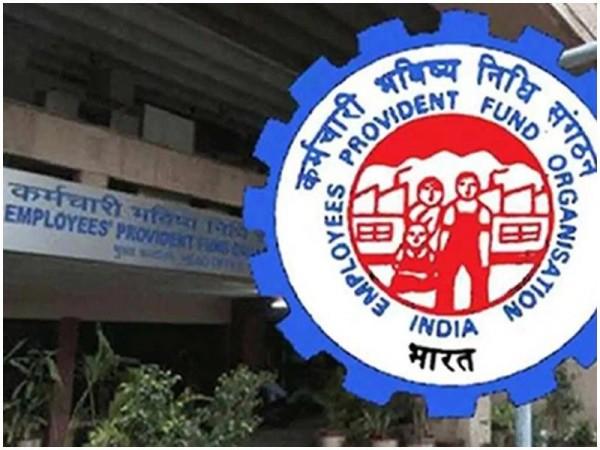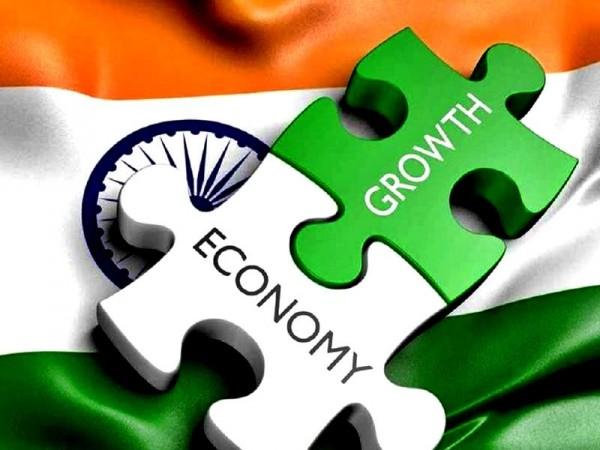EPFO adds 18.8 lakh members in September as employment rises

The Employees’ Provident Fund Organisation (EPFO) has registered a net addition of 18.81 lakh members during September this year which represents a 9.33 per cent growth compared to the same month last year, reflecting increased employment opportunities and heightened awareness of employee benefits, bolstered by EPFO’s effective outreach initiatives, the Ministry of Labour and Employment said on Wednesday.
The data shows a sharp increase in the number of youngsters, who have got jobs for the first time, and a significant increase in the number of female workers as well.
As many as 9.47 lakh of these are new members in September 2024, representing an increase of 6.22 per cent over the corresponding figure for September 2023.
This surge in new memberships can be attributed to growing employment opportunities in the organised sector of the Indian economy, the statement said.
A noticeable aspect of the data is the dominance of the 18-25 age group, constituting a significant 59.95 per cent of the total new members added in September 2024. In addition, the net payroll data for the age group 18-25 for September 2024 is 8.36 lakh, which depicts a 9.14 per cent year-on-year growth as compared to September 2023 data. This is in consonance with the earlier trend which indicates that most individuals joining the organised workforce are youth, primarily first-time job seekers, the statement said.

The payroll data highlights that approximately 14.10 lakh members exited and subsequently rejoined the EPFO. This figure depicts year-over-year growth of 18.19 per cent compared to September 2023. These members switched their jobs and re-joined the establishments covered under the ambit of the EPFO and opted to transfer their accumulations instead of applying for final settlement thus, safeguarding long-term financial well-being and extending their social security protection.
A gender-wise analysis of payroll data unveils that out of the new members added during the month, 2.47 lakh are new female members. This figure exhibits year-over-year growth of 9.11 per cent compared to September 2023. Also, the net female member addition during the month stood at around 3.70 lakh. It reflects a year-over-year growth of 12.11 per cent compared to September 2023. The surge in female member additions is indicative of a broader shift towards a more inclusive and diverse workforce.
A state-wise analysis of payroll data denotes that net member addition in the top five states/ UTs constitutes 59.86 per cent of net member addition, adding a total of 11.26 lakh net members during the month. Of all the states, Maharashtra is leading by adding 21.20 per cent of net members during the month. The states/UTs of Maharashtra, Karnataka, Tamil Nadu, Delhi, Haryana, Gujarat, Uttar Pradesh, and Telangana individually added more than 5 per cent of the total net members during the month.
A comparison of industry-wise data displays significant growth in the members working in establishments engaged in the industries viz. expert services, trading – commercial establishments, electrical, mechanical or general engineering products, garments making, establishments engaged in cleaning, sweeping services, hospitals, financing establishments, companies/societies/associations/clubs/troupes for performances etc.
Of the total net membership, around 41.69 per cent addition is from expert services (consisting of manpower suppliers, normal contractors, security services, miscellaneous activities etc. The payroll data is provisional since data generation is an ongoing exercise, as updating employee records is a continuous process, the statement added.
(With inputs from IANS)